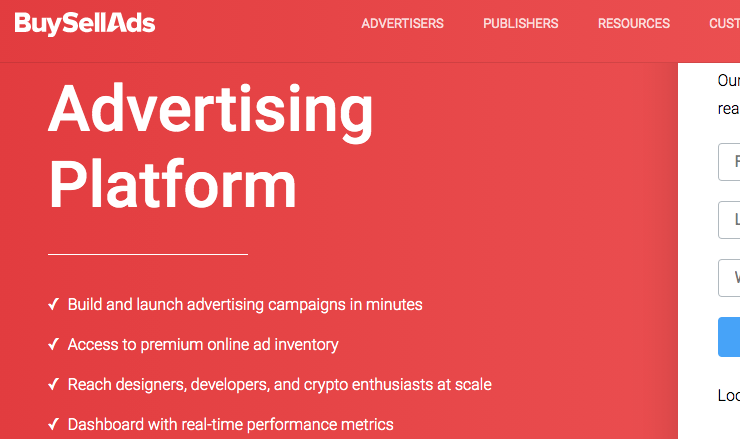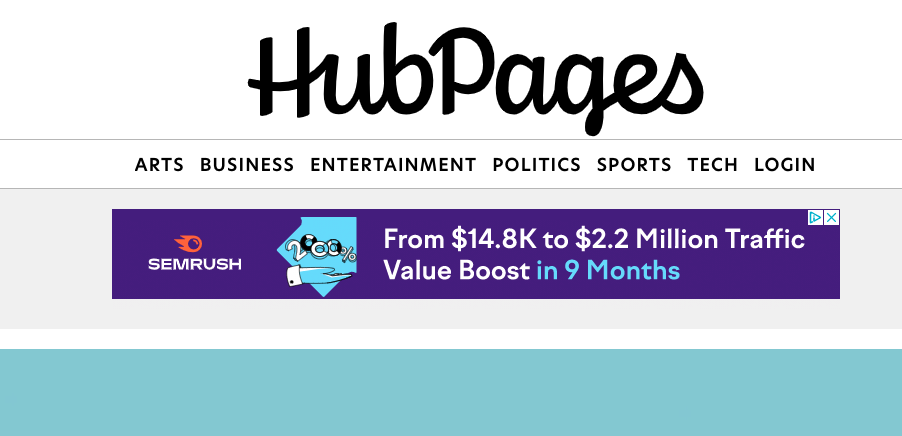Wondering how to promote affiliate links without a website? There’s several ways you can do this and it’s worth considering getting a website too for a number of reasons. A website is a cheap way to create a “digital property” of your own where you can promote products.

You can of course use free blog platforms such as Blogger.com and WordPress.com to do the same. But these platforms can limit your functionality and ability to rank content freely on Google and other search engines. Whereas your own website shows a greater authority when it comes to getting free traffic.
How To Promote Affiliate Links Without A Website – Social Media Profile
But if you decide not to have your own website, there’s loads of options too. Social media is a good starting point and anyone can use their Facebook, Twitter, Linkedin or any other social media platform to promote affiliate links in their bio and profile. The more people who see your profile, the greater your chances of making sales through using this method. There’s a few strategies you can use alongside this method in order to generate more footfall to your social media profile.
See unpaid social media marketing for a marketing strategy using social media. Of course if you don’t use your social media platform much, an affiliate link in your profile won’t have much success in gaining clicks. So ideally you should use some kind of social media marketing strategy to bring people to your profile.
How To Promote Affiliate Links Without A Website – Cloaked/Forwarded Links
A spammy looking affiliate link looks bad, especially if there’s no context behind the purpose of clicking on it! A good way to disguise a long, messy affiliate link is to either use a link shortening site such as Bit.ly, Tinyurl.com etc, or purchase a domain name which is meaningful for your product.
Here’s what a long, messy affiliate link can look like:
https://bd97cblo44apkz9opcnj12yy5o.hop.clickbank.net/ |

The same link through a link shortener is https://bit.ly/3954f7k, which is much nicer looking. For an even better looking link, purchase a domain name which gives some content to the product. This particular affiliate link is about learning how to sing.
So a domain name such as learntosing.com would be perfect. Once you have purchased a domain name, (I use namecheap.com to purchase domain names for around $10), forward your domain name to your affiliate link. Then use your shiny new domain name for your advertising rather than a messy looking affiliate link.
A good domain name will encapsulate the purpose of your product and it’s far more likely someone will click on it if the product is a good match for them. With a long messy looking affiliate link, there’s less reason for someone to click because they don’t associate it with a particular outcome. Learntosing.com meets a particular need; someone who wants to learn to sing! The original affiliate link: https://bd97cblo44apkz9opcnj12yy5o.hop.clickbank.net/ has little meaning beyond the content with which you present it.
How To Promote Affiliate Links Without A Website – Email Signature
Another clever strategy I found is using your default email signature setting to link to your affiliate product. This will look much more professional if you’ve done the above step and bought a suitable domain name too.
Most email services will allow you to set up a default email signature with a link in it. When you send out an email, your signature and link, and anything you want is automatically included at the bottom of your email. This strategy is great and has made me several sales. What’s great about it is that it only takes a few minutes to set up and once done it’s there forever!

In Gmail, go to the cog in the top right of your email account and click on see all settings. Scroll down until you see email signature and enter your details into the box. Click on save and it’s all done!
Solo Ads
Solo ads are another strategy you can use without a website. With solo ads you pay for your message to be sent out to someone else’s email list. Your message and link is the only thing being sent out in that particular email message. Solo ad sellers build huge email lists and then charge for you to benefit from their audience.
Be careful with solo ads because often you don’t know the background of any given email list. Ideally choose a list provider with lots of good feedback and a list which is suitable for your particular product. For example, it’s a bad idea to advertise Yoga courses to an email list built around online businesses or affiliate marketing.
The best way to approach solo ads is to communicate with the owner before making a decision. Find out:
- Do they stand behind their traffic?
- Are they responsive?
- Do they seem easy to work with?
- Do you trust them?
- Do you feel good about working with the list owner?
- Is their traffic suitable for your affiliate offer?
If you answer no to any of these questions, find another list owner.
BuySellAds – Purchase Advertising On Owners Websites
BuySellAds.com is a website where you can connect to website owners who already get thousands of visitors to their sites every day. So rather than building your own website and spending months or years building content to get traffic, you can immediately benefit from the traffic of others.

Of course you pay for this service but it’s a way around having to get your own website. You pay to show advertising on websites which offer a suitable audience for your particular affiliate product/s. You’ll need to test and measure your advertising to know whether it is going to be profitable. Over time though, paid advertising is good because it offers a way to scale up your business when you are regularly making a profit from running an advert.
YouTube – Review Strategy
Although there are several YouTube strategies you can use, including paid marketing, reviewing affiliate products and posting your videos is a solid, well used one. Here’s the basic strategy:
- Find an affiliate product you like and purchase it
- Create a review video and upload to YouTube
- Use your affiliate link in the description under the video
- Use suitable keywords within title and description
- Rinse and repeat for many products
Reviews are a good affiliate strategy across the board, whether you use written word or video. With a review, you are targeting people who are looking specifically at a certain product, or type of product. A review is often the last thing someone checks out before making a buying decision. So if you can get traffic to your reviews, the visitor is likely to use your affiliate link to make their purchase.
Free Blogging Websites
Free blogging sites such as Blogger.com, WordPress.com and Weebly.com all offer the ability to create some content and post your affiliate links. Some free blog writing sites have certain restrictions on certain affiliate links but they are often allowed if you choose to go this route. Hubpages.com was a site I started out with and I had one of my first affiliate sales from a review post I put on the site.
Although Google, (and other search engines) often downgrade free blog content, it can be a good place to start, and it’s free!

Ebooks
Writing your own ebook is an other great strategy for affiliate marketers. You can promote your ebooks on various platforms including those mentioned in this article. An ebook is great if you don’t have a website because you can place your affiliate links within the book itself.

A good strategy to use with ebooks is to write a book which connects your audience to your affiliate product in some way. You can even sell your ebook, although many affiliates give them away. Ideally use an ebook as a list building tool and also have your affiliate links within the book too. So you have two strategies to earn from them
Email List
Most website owners will also have an email list. Without a website, you can build an email list if you have access to a landing page builder software. A landing page is basically a single page website which allows visitor to opt in to your email list. If you don’t want a website, but want to build an affiliate business, it’s well worth having a landing page where you can collect subscribers information and follow up with email marketing messages.
An email list is one of the most important things you can build as an affiliate marketer. It lets you build a huge list of subscribers and promote your affiliate links to them via email.
For more on this topic see also:
Where to promote affiliate links and 22 ways to promote affiliate products.